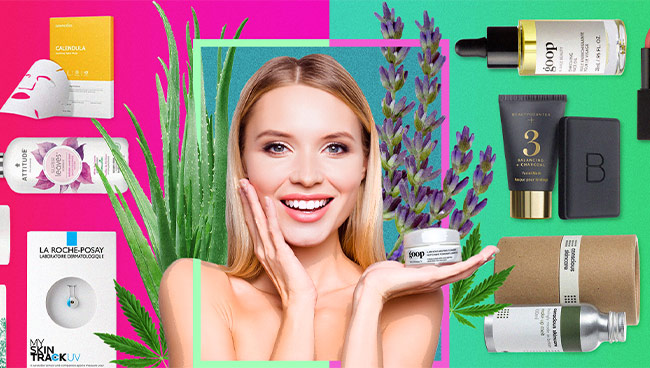If beauty companies want to meet one of the most important players in consumer healthcare today, they should look in the mirror – they are it! Women have decided that their beauty is part of their growing wellness and self-care. Disruptive beauty companies know this and have figured out how to become part of the shopper’s self-health goals. The leading beauty companies may have to remake their business modes and literally blend wellness into their products.
The beauty industry is part of self-care. Nearly 45% of women (and 50% of Gen Z) said they buy beauty products expressly to help make them look healthier, according to our How America Shops® The Big Business of WELL report. Further, 34% of women buy beauty products they believe are “clean,” or formulated to be healthy.
Most important for the beauty industry, a growing number of women, especially younger women, are willing to spend more on healthier beauty choices, which explains why wellness beauty sales have pierced the $1-trillion mark globally, according to the Global Wellness Institute.
Some additional findings from The Big Business of WELL report:
- 64% of all women (and 71% of Gen Z women) will pay more for skin care products that help them look healthier.
- 43% of all women (49% of Gen Z) will spend more for cosmetics that give them a healthy kick.
- 42% of all women will pay more for hair care products that give them healthier hair.
However, delivering wellness in a bottle today means something different than it did a few years ago. It requires a new set of standards – and ingredients. To win the wellness shopper, beauty companies need to mix actual good health into their product formulas.
Internal wellness has infiltrated ordinary consumer goods from electrolyte waters to plant-based clothing and CBD-infused pet treats. Extending this practice to beauty requires the same: adding today’s health ingredients and superfood nutrients into hair and skin products, for example. The brand Youth to People includes ingredients such as cold-pressed kale, spinach and green tea in its cleansers and serums. Vital Proteins, another innovative wellness brand, mixes marine collagens, probiotics and vitamin C in its Collagen Beauty Glow powdered drink tonic, for glowing skin and strong nails, as well as healthy insides.
Beauty can also crossover into “technology” with products that function expressly for self-care. Cases in point: L’Oréal makes a sensor that tracks sun exposure throughout the day, and Neutrogena’s Skin360 app scans the user’s face to gauge her skin for a customized mask. That’s adding a healthy value.
These innovations acknowledge an unavoidable fact: The nation’s shoppers are in the midst of a self-health movement that centers on taking care of themselves, from relaxing with ginkgo lattes at the Chillhouse nail salon to paying a significant premium for cannabis oil in their skin serums.
For beauty to participate in the big business of well, it has to venture outside the normal business model and follow the shopper. Heck, the opportunity is already being handed to you.


